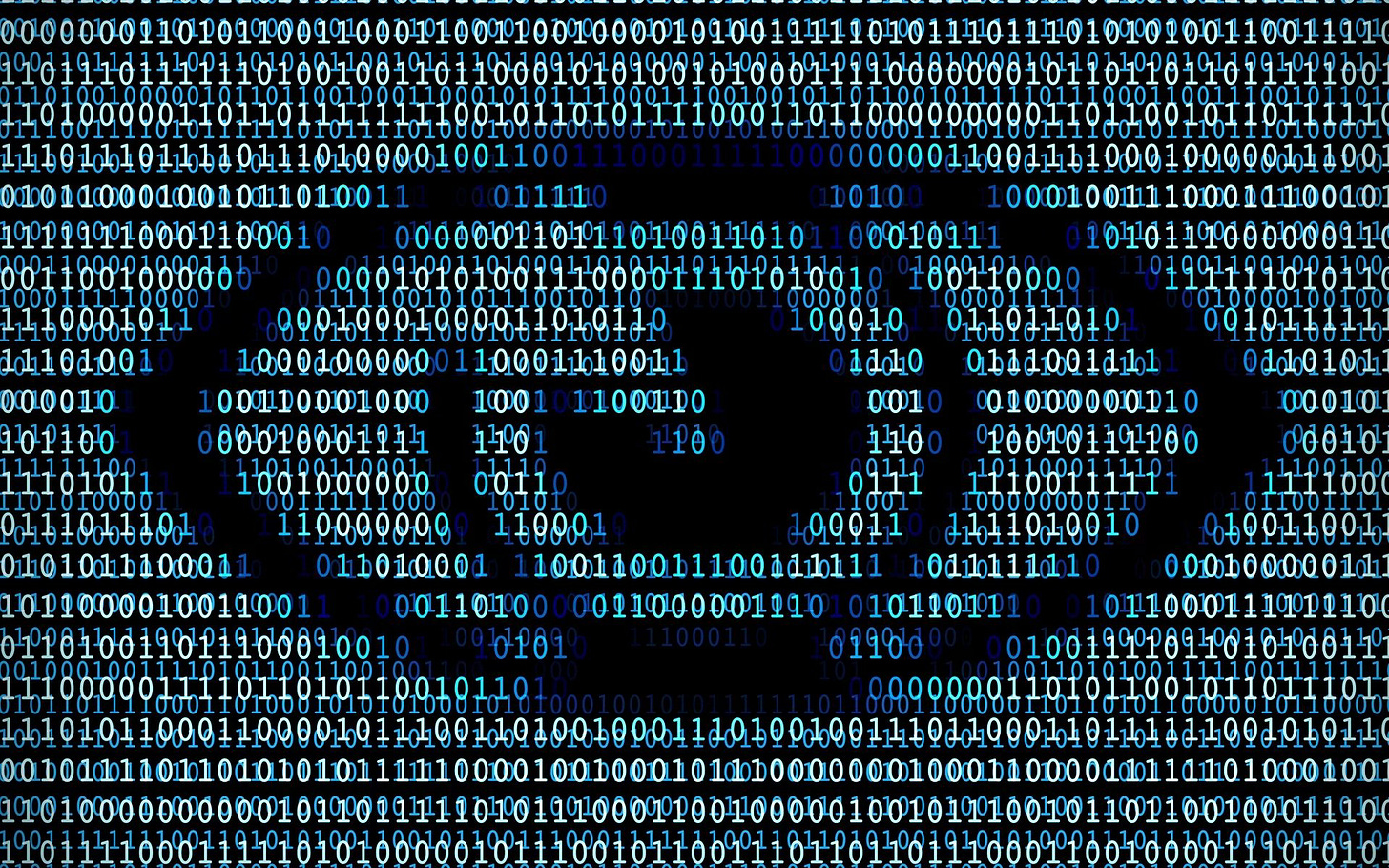Human vs. Algorithm
Can AI ever match the intuition needed for trading markets?
High-frequency stock trading has dominated Wall Street for years. But do those sophisticated trading algorithms really deliver better returns than human stock traders?
It’s a question worth considering in an increasingly fast-changing technology landscape.
The Role Of Algos
In the evolving world of trading, many entities have adopted computer-driven stock picking. At the same time, certain exchanges, such as the NYSE, have preserved the longstanding tradition of employing human traders in the pit.
Throughout market hours, traders traverse the trading floor to execute trades for clients in direct interaction with market makers, while high-frequency algorithmic trading occurs exclusively within advanced computer networks.
Financial firms spend billions of dollars on ever more powerful algorithms and even invest in high-tech fibre connections to achieve millisecond advantages over trading rivals. High-frequency traders partake in front-running, wherein they anticipate others’ impending purchases and execute their trades ahead of them. These traders engage in this practice millions of times each day across thousands of stocks, typically generating marginal profits on each trade, which collectively accumulate rapidly.
The Pit Shutdown
On March 23, 2020, the New York Stock Exchange (NYSE) ceased floor trading and transitioned to all-electronic trading due to the emergence of multiple COVID-19 cases among traders operating on the trading floor. This marked the first instance of an independent closure of the NYSE’s physical trading floor while electronic trading persisted.
These windows of frozen floor activity allowed researchers a rare opportunity to compare human vs. algorithmic trading performance.
The researchers found that human floor traders are essential to a healthy stock market ecosystem. When humans were banned from the floor, NYSE trading registered greater spreads between stock bids and asking prices. The researchers also detected a higher frequency of pricing errors (between 2-6%) for affected stocks compared to control stocks during a period of regular trading.
The study findings suggest that face-to-face interaction between traders and market makers improves market quality by enabling the sharing of valuable context that algorithms can’t access.
Missing The Big Picture
Another shortfall of algos in the trading world is that they can miss things. Yes, they are programmed to respond in specific ways to specific events. However, take the example of a central bank meeting, which, in a world of important interest rate cycles, needs an intuitive ear when listening to tones of press conferences. These tones can be vital in distinguishing what a transcript may say and what the underlying message is.
Although AI is evolving at an increasing pace, will computers ever be able to match human intuition (a quality often needed in markets)?
The interaction between the human mind and artificial intelligence can be likened to an intricate dance. AI is an extraordinarily talented technical dancer executing precise, choreographed moves, but lacks the innate musicality and creative spontaneity of its human partner. It is only through the harmonious collaboration of the two that the performance reaches its true transcendence, combining the technical perfection of AI with intuitive human artistry.
Bottom Line
Many institutions are increasingly adopting artificial intelligence to enhance operational efficiency, drive higher returns, and reduce reliance on more costly human resources.
However, it’s crucial to acknowledge the enduring significance of human expertise in addressing intricate business dilemmas, such as effectively determining stock prices. The efficacy of algorithms is contingent upon the discernment of the individuals behind them, who select the pertinent training data and determine the scenarios necessitating complete computerised decision-making.
Consumers and financial professionals alike should take some time to find the right balance of human skills and technology rather than simply rushing to turn their investments over to a computer.
To access full articles and research, manage your account here.



